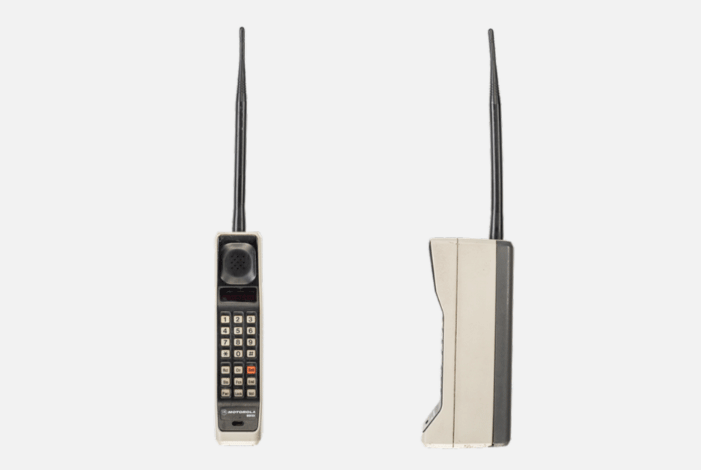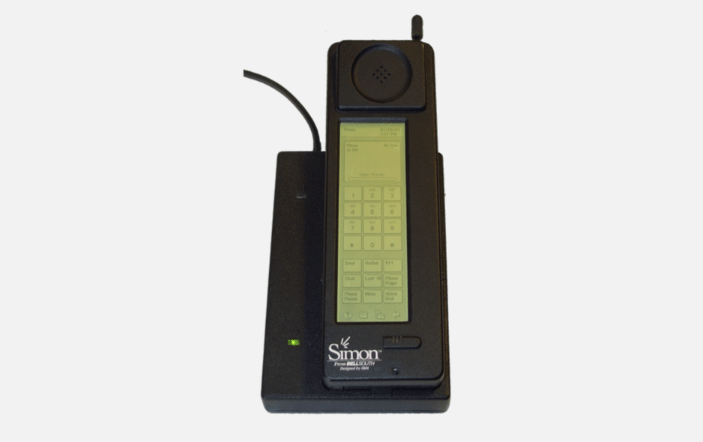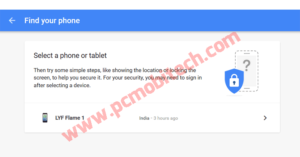In 2007, Apple changed the game with the release of the iPhone, marking a turning point for smartphones. Even though the iPhone was a game-changer, it wasn’t the first of its kind. Let’s take a trip back in time, exploring the history of mobile communication and the arrival of the very first smartphone.
Quick Links
The Genesis of Mobile Communication
The journey of mobile communication began with the invention of the first mobile phone in 1973 by Martin Cooper. This device, weighing about 2.2 pounds, marked the genesis of a revolutionary era in communication. Over time, advancements in technology led to the development of smaller and more powerful mobile phones, making communication on the go accessible to everyone. The introduction of text messaging, mobile internet, and smartphones further transformed the landscape, connecting people globally. The genesis of mobile communication not only changed the way we communicate but also reshaped how we live, work, and interact in our modern world.
1. The First Mobile Phone (1973-1983)
Before smartphones, there were mobile phones. In 1973, Motorola’s John F. Mitchell and Martin Cooper unveiled the first handheld cell phone. However, it wasn’t until 1983 that the Motorola DynaTAC 8000X hit the market.

Image Credit: mobilephonemuseum
1.1 The DynaTAC 8000X
- Appearance: Resembling a landline phone, it boasted portability.
- Battery Woes: With a 10-hour charge yielding 30 minutes of talk time, it showcased early mobile limitations.
- Technological Marvel: Equipped with an LED display and a memory for 30 phone numbers.
2. The Evolution of Mobile Phones (1984-1996)
Motorola continued refining mobile phones, leading to the StarTAC in 1996. However, these devices were far from smart.
The Advent of Smartphones
3. The First Smartphone (1992)
In 1992, the IBM Simon Personal Communicator was a big deal—it mixed a phone with a PDA. It was bulky, but a pioneer made by Frank Canova Sr. This old gadget laid the groundwork for today’s smartphones.

Image Credit: mobilephonemuseum
3.1 IBM Simon Personal Communicator
- Trailblazing Features: The Simon, invented by IBM in 1992, possessed groundbreaking features.
- Touchscreen Innovation: Sporting a 4.5 x 1.4 inch monochrome LCD touchscreen, it set the stage for future smartphones.
- Multifunctional Abilities: Beyond calls, it could send emails, faxes, and hosted basic applications like an address book and calculator.
- Battery Blues: With a meager one-hour battery life, it demonstrated early challenges.
3.2 The Cost of Innovation
- Pricing: The IBM Simon came at a hefty cost of $900 with a two-year contract or $1,100 outright.
Smartphone Evolution: Looking Back to Move Forward
4. The PDA Dilemma
While initially categorized as a personal digital assistant (PDA), the Simon retroactively found its place in the smartphone family due to its cellular connectivity.
5. The Technological Leap
Despite its limitations, the Simon laid the groundwork for future innovations. As technology progressed, smartphones evolved, leaving behind the era of the DynaTAC and Simon.
Conclusion:
In the conclusion, cool inventions like the Motorola DynaTAC and IBM Simon opened the door for the super-smart phones and folding phones we have today. Even though our phones seem amazing now, someday they might look like old-fashioned toys compared to what’s coming next!
FAQs: Exploring Smartphone Origins
-
What inspired the creation of the first mobile phone?
Motorola’s John F. Mitchell and Martin Cooper unveiled the first handheld cell phone in 1973, marking the genesis of mobile communication. The need for portable communication devices fueled their innovation.
-
Was the iPhone the first smartphone?
No, the first smartphone was the IBM Simon Personal Communicator, introduced in 1992 by IBM, predating the iPhone by 15 years. The iPhone, while transformative, built upon the foundation laid by the Simon.
-
How did the IBM Simon contribute to smartphone evolution?
The Simon introduced a touchscreen, email capabilities, and basic applications, setting the foundation for future smartphones. Its innovative features paved the way for the multifunctional devices we use today.
-
What challenges did early smartphones face?
Early smartphones, like the IBM Simon, grappled with limited battery life, lasting only one hour on a charge. Technological constraints demanded a delicate balance between functionality and power efficiency.
-
How did the Simon redefine smartphone categories?
Initially categorized as a PDA, the Simon found its place in smartphone history due to its groundbreaking cellular connectivity. Its integration of communication features shifted the perception of smartphones from mere organizers to indispensable communication tools.
When you purchase through links on our site, we may earn an affiliate commission. Read our Affiliate Policy.




